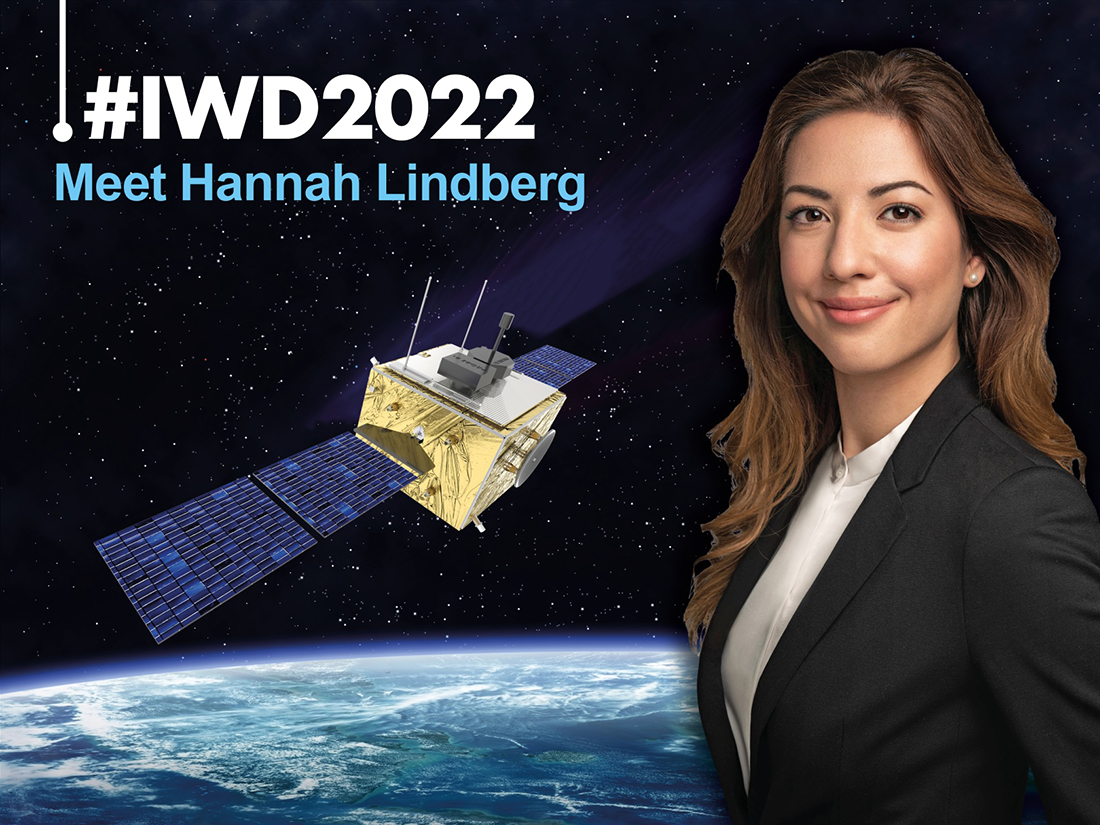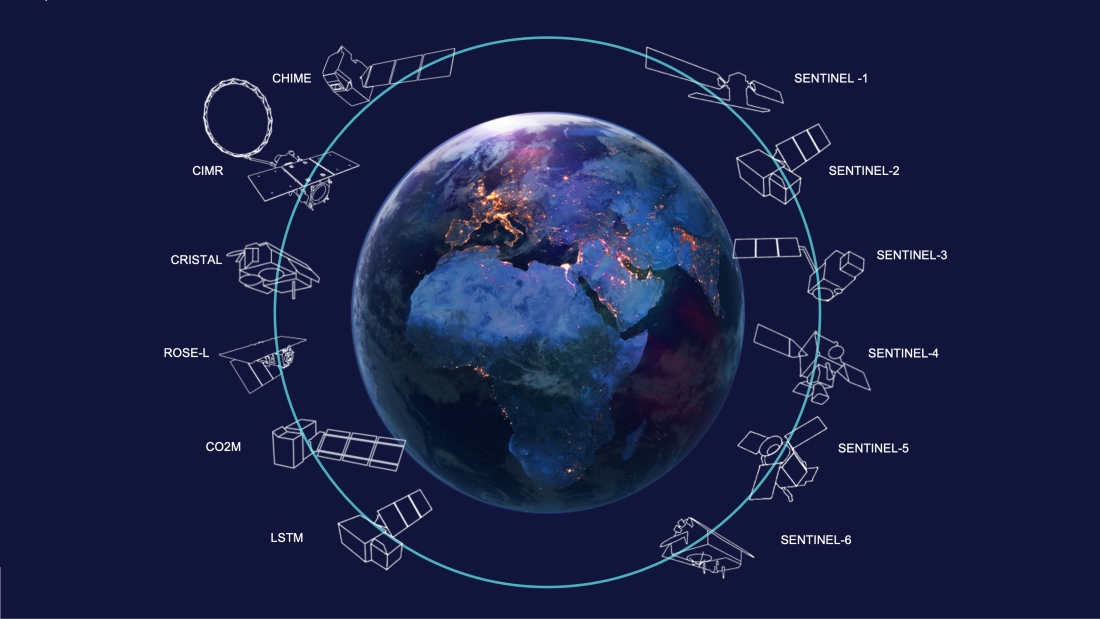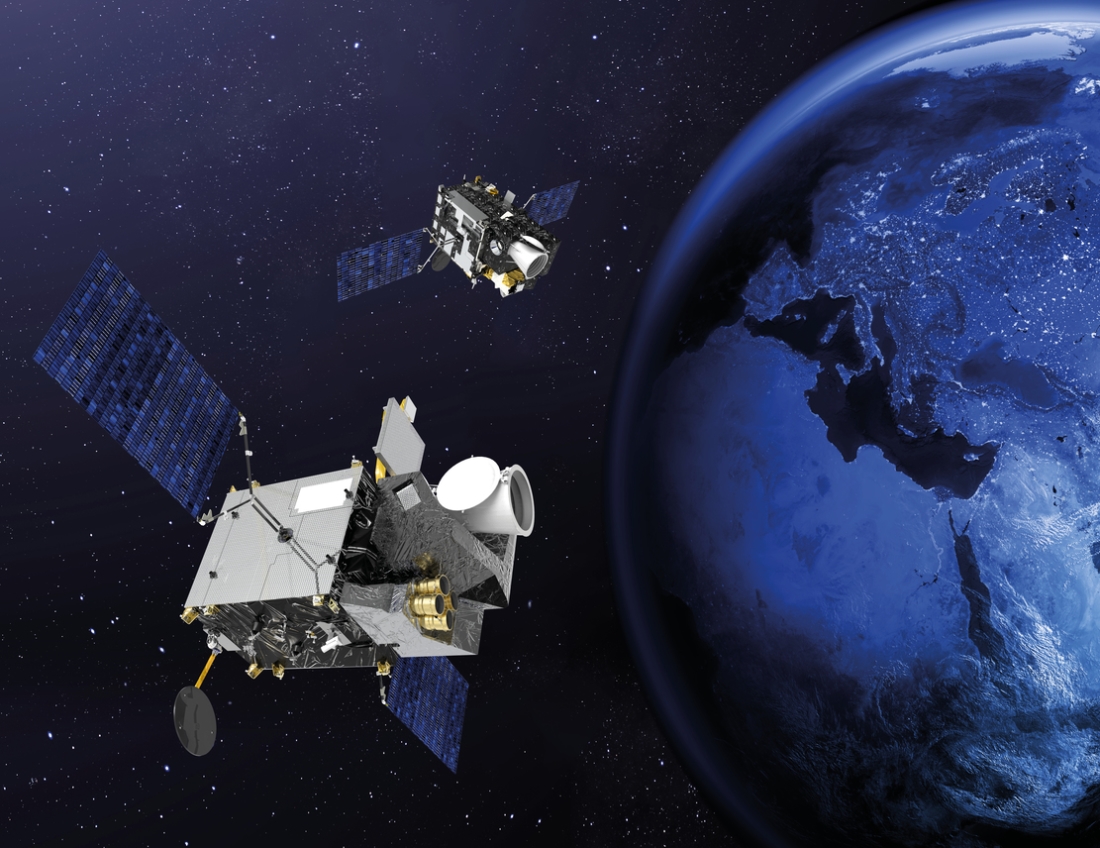Meet Hannah Lindberg, Bid & Project Manager in Switzerland
Could you please explain your job?
I lead project teams from kickoff to product delivery. At Thales Alenia Space, I have mainly worked on radiation monitoring units for programs such as Meteosat Third Generation, Sentinel-6, MetOp Second Generation and Lunar Gateway. My project portfolio has grown quickly. This month I handed over the remaining radiation monitoring unit projects to focus on COMET Interceptor—scan mechanism electronics for a rotating mirror assembly—and will hopefully be able to work more on the COMET camera telescope, LISA Gravitational Reference Sensor Front-End Electronics, VERTIGO (very-high-throughput satellite-to-ground optical link), VARTO (variable-data-rate transmitter for LEO direct-to-Earth optical links) and Next Generation Gravity Mission Acquisition and Pointing Metrology System. Alongside my projects, I also work on bids, typically writing the implementation and management documents, and doing the costing and risk assessments in conjunction with engineering.
I follow the bids from kickoff through to submission and, if successful, to negotiations and contract award. There’s always a lot to do and I enjoy the fast pace of my job.
What are you most proud of in your day-to-day work?

Thales Alenia Space provides key space solutions for communications, Earth observation, navigation, science and space exploration, including orbital infrastructures and space transportation systems. This gives me the chance to work on interesting missions in an international environment, with very talented people. I’m also proud to work for a company that’s closely involved in environmental monitoring.
We’re working hand in hand with the European Space Agency on the European Commission’s Copernicus environmental monitoring program, which encompasses 12 Sentinel satellite families developed by Europe’s space industry for ESA.

Sentinel-1 monitors land and sea in all weather conditions, day and night, with its radar capabilities; Sentinel-2 and Sentinel-3 acquire optical imagery at high resolution over land and coastal waters; Sentinel-4 and Sentinel-5 are dedicated to meteorology and climatology missions; and Sentinel-6 monitors the planet’s oceans. Thales Alenia Space is prime contractor for Sentinel-1 and Sentinel-3, in charge of the Sentinel-2 image ground segment, and contribute to the imager-spectrometer on Sentinel-5P and the Poseidon-4 radar altimeter for Sentinel-6.
In 2020, we were also chosen for five of the six new Copernicus Expansion missions, three as prime contractor—CIMR, ROSE-L and CHIME—and will supply payloads for two other missions—CO2M and CRISTAL. These new satellites will measure human-induced carbon dioxide emissions in the atmosphere, gauge the thickness of ice fields and snow cover, support advanced new services for sustainable management of agriculture and biodiversity, observe sea-surface temperature and salinity and density of ice fields, and bolster land-monitoring and emergency management services. I am very proud to be working for a company that’s on 11 of the 12 Copernicus missions.

Meteosat Third Generation (MTG), which I mentioned earlier, is typically the kind of program that European citizens can be proud of. Meteorologists have been relying on the wealth of data from Meteosat satellites for over 45 years to generate weather forecasts. Thales Alenia Space has built all of Europe’s geostationary meteorological satellites as prime contractor. With the upcoming MTG, images will be updated every ten minutes and these satellites will also carry atmospheric sounders, making weather forecasts even more reliable. MTG includes 6 satellites: 4 imaging satellites and 2 sounding ones. The two atmospheric sounding satellites will be making a real technological leap to yield 3D maps of the atmosphere—a world first. The sounders will enable detection of severe weather events half a day ahead. By combining all these capabilities, forecasters will be able to do their job better and forecast out to eight days ahead. That will be a big step forward in giving populations early warning of severe weather events. MTG really is going to help save lives while paving the way for new kinds of services for Europe and Africa. Once the entire MTG fleet is in orbit, Eumetsat will have the best weather services in the world.
Also, our company has been a pivotal partner on the most fantastic space exploration missions across the solar system. We provided half of the International Space Station’s pressurized volume. Leveraging this unique experience, Thales Alenia Space is today the world leader in orbital infrastructures, providing in particular three key pressurized modules for Lunar Gateway.
What are the qualities required in your job?
Dedication: you have to care about the success of your projects and the company as a whole, be accountable, and work with others across projects to find solutions with the bigger picture in mind. Proactivity: the end goal is to reach the finish line (bid submission or project completion) with the expected results, so it’s important to remain flexible in how to get there while keeping to the scope, cost and schedule. Spend your time where you’re most needed, set your priorities and get things done. Help out where you see gaps and flag early when there’s a problem. Communication is key to keep the team motivated and on track, to ensure customer expectations are met and to keep internal and external stakeholders informed at the right level. Ask yourself who needs to know what and how best to present it.
Illustrations © Thales Alenia Space & © Thales Alenia Space/Master Image Programmes